Research Interests
- Audio Signal Processing (audio source separation, instrument recognition).
- Independent Component Analysis, basis selection, feature extraction.
- Image Fusion and Denoising using ICA bases.
- Smooth and symmetric blind signal extraction.
- Reflection/Rotational Symmetry Identification - Affine Transformation Removal.
- Interest Point detection in images.
Reflection/Rotational Symmetry Identification
A moment-based symmetry classification and matching algorithm which
operates on the image Fourier domain is introduced in this work. The method does not require
the accurate estimation of the symmetry center which is the main limitation of current approaches.
The method's formulation is based on a true polar Fourier representation of the extracted
image gradients. Further robustness was achieved by using a periodicity estimation scheme
based on subspace analysis.
This work is documented in:
"A unifying approach to moment-based shape orientation and symmetry classification”, to appear in IEEE Trans. on Image Processing.


Image fusion using ICA bases
Image fusion describes the process of combining information from different sensors that capture the
same scene. The objective of this task is to enhance the perception of the observed scene, which may not be achievable by a single sensor. Many approaches have been proposed with very good performance,
mainly employing the Dual-Tree Wavelet Transform and various fusion rules. Here, we explore the application of ICA and Topographic ICA bases to perform image fusion using various set
of rules. The bases are trained using images of similar context. To fuse the images, we use pixel-based image fusion, i.e. fusion performed in pixel-by-pixel basis. The max-abs, median and a proposed weighted combination fusion rules are compared in performance. The proposed scheme outperforms the wavelet-based methods, however, with slightly increased computational complexity.
This work is documented in:
" Pixel-based and Region-based Image Fusion schemes using ICA bases", Information Fusion 8 (2), pp. 131–142, April 2007.
"Adaptive Image Fusion using ICA bases", IEEE International Conference on Acoustics, Speech, and Signal Processing (ICASSP) 2006, Toulouse, France.
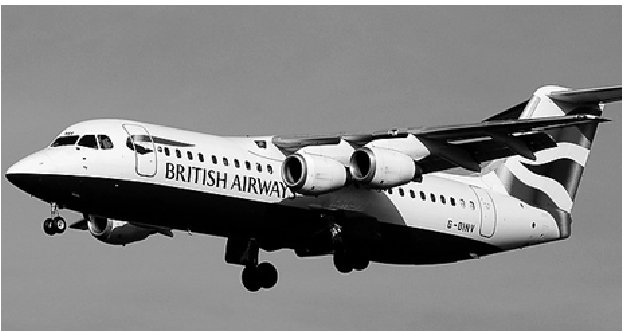 |
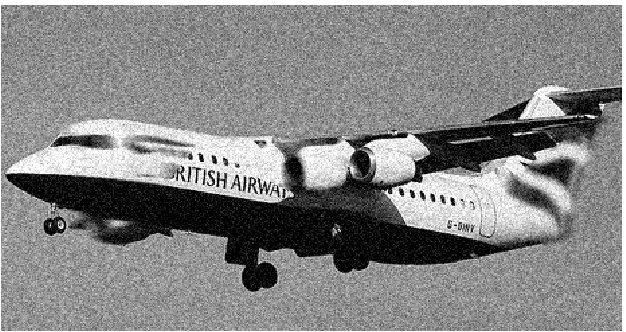 |
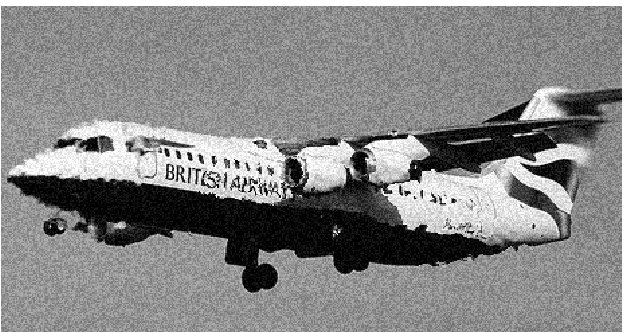 |
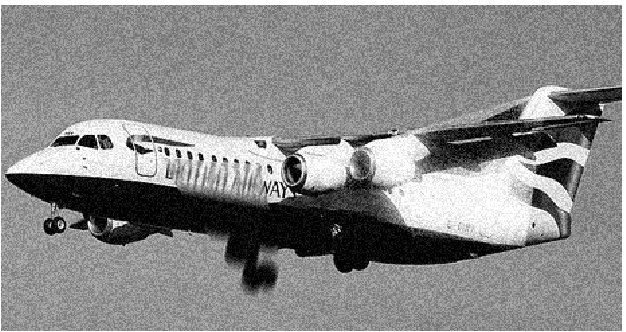 |
| Ground Truth | Input 1 | Input 2 | Input 3 |
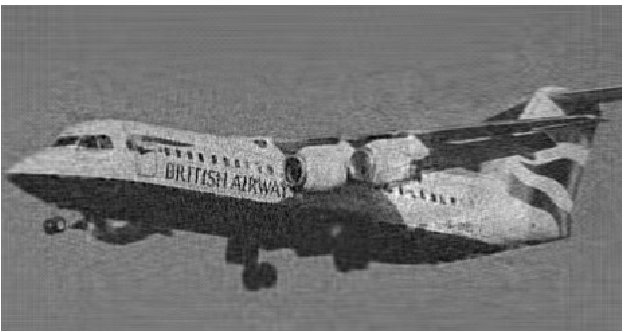 |
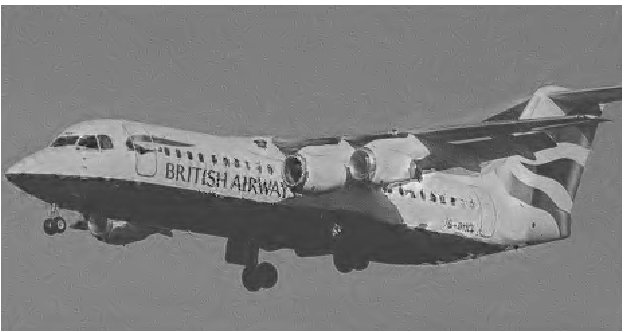 |
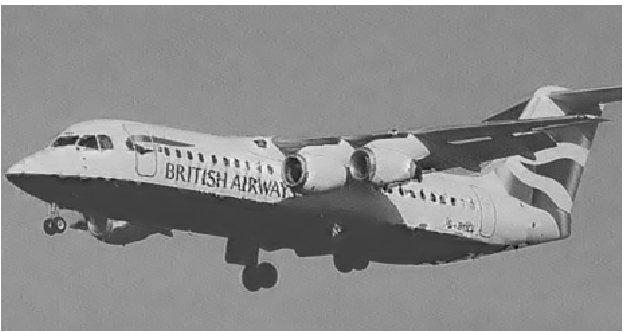 |
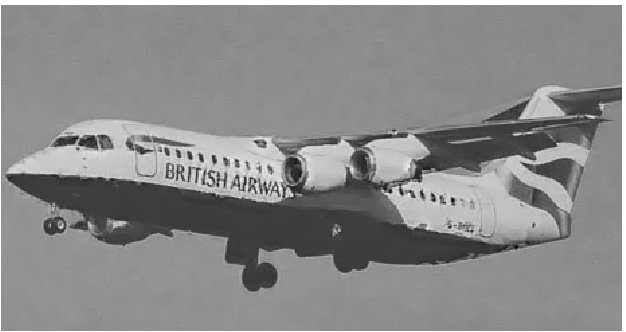 |
| Symmlet7(max-abs) | Dual-tree Wavelet (max-abs) | ICA bases (max-abs) | TopoICA bases (max-abs) |
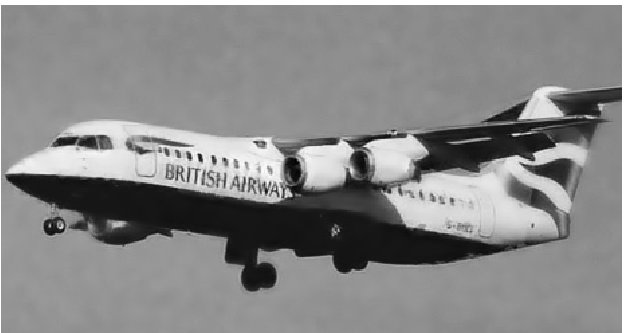 |
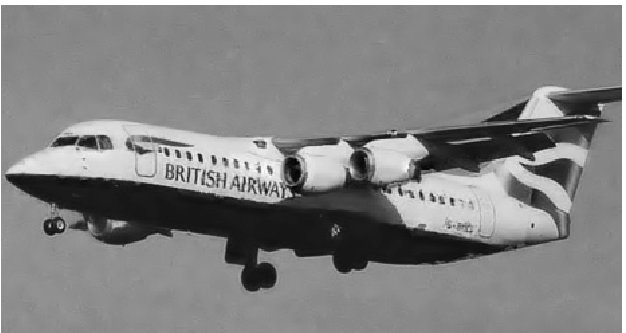 |
||
| TopoICA bases (mean) | TopoICA bases (Weighted Combination) |
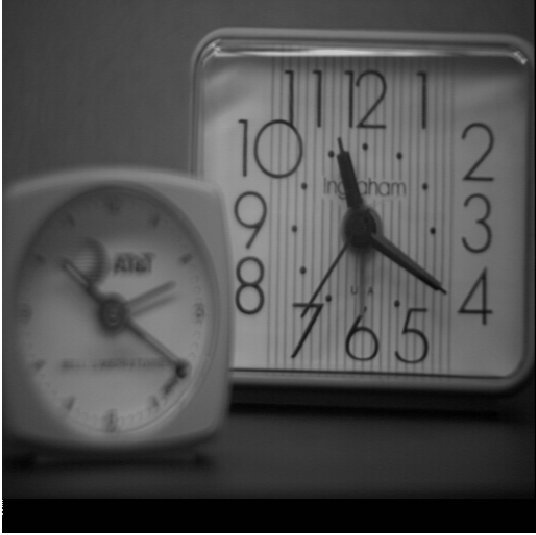 |
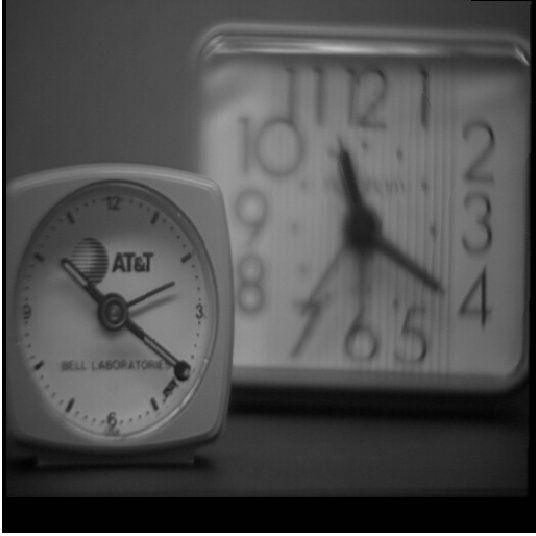 |
 |
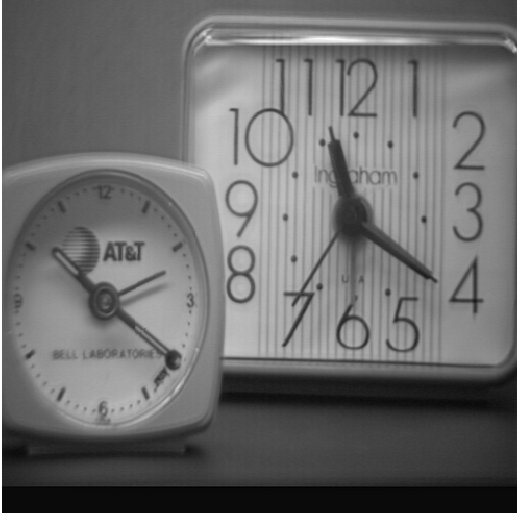 |
| Input 1 | Input 2 | DT-WT maxabs | ICA maxabs |
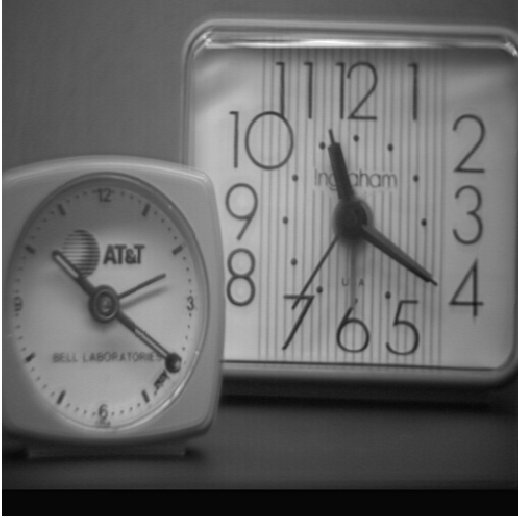 |
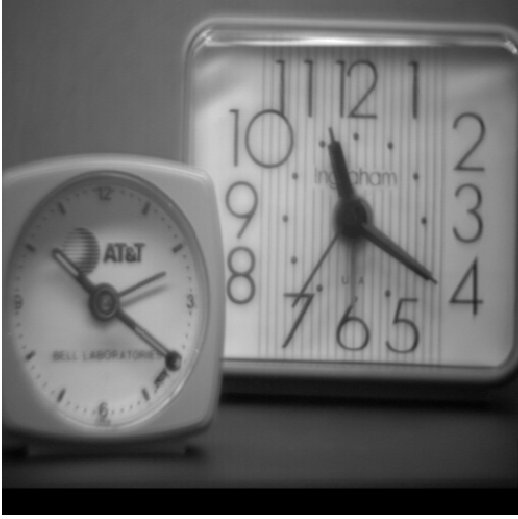 |
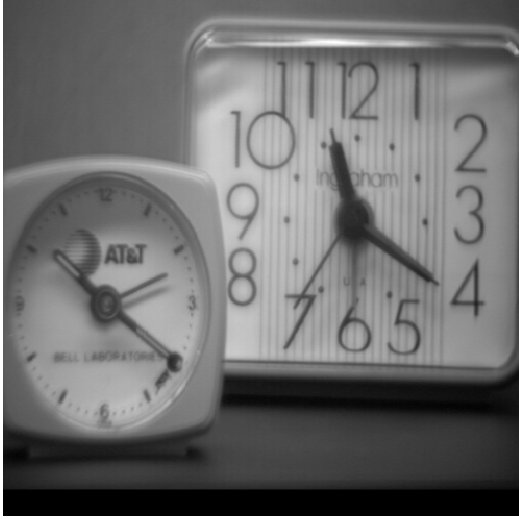 |
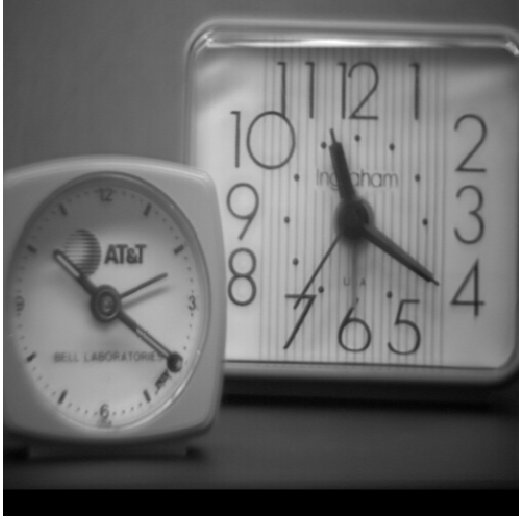 |
| TopoICA-maxabs) | TopoICA-mean | TopoICA-Weighted | TopoICA-regional |
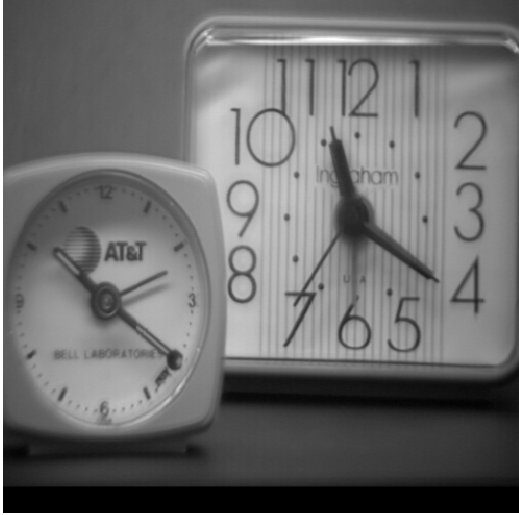 |
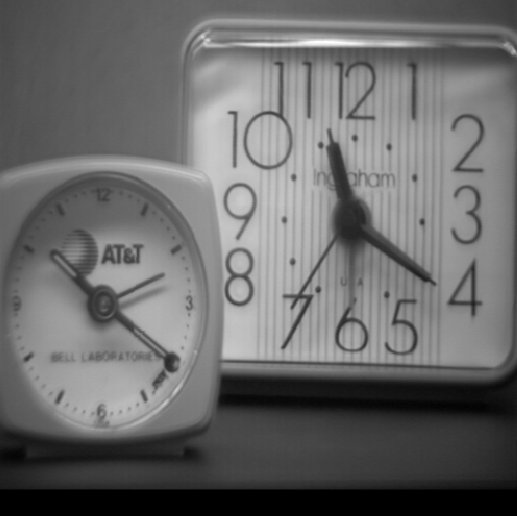 |
||
| TopoICA-Laplacian | TopoICA-Verhulstian |
 |
 |
 |
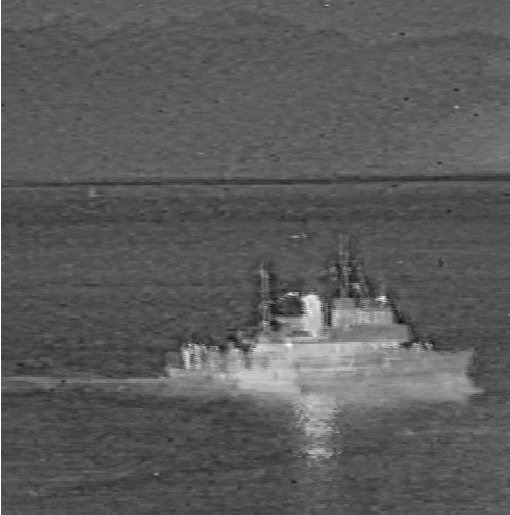 |
| Input 1 | Input 2 | Input 3 | DT-WT maxabs |
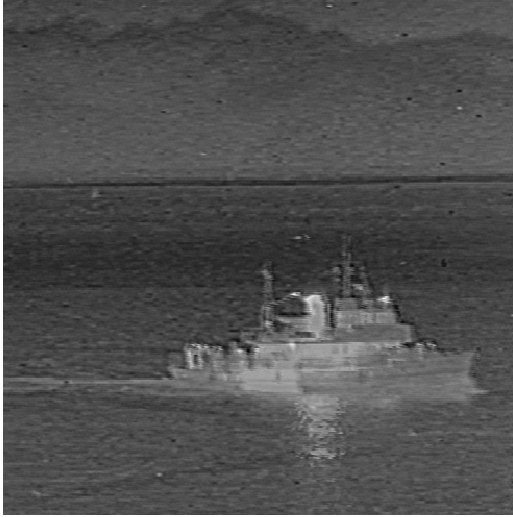 |
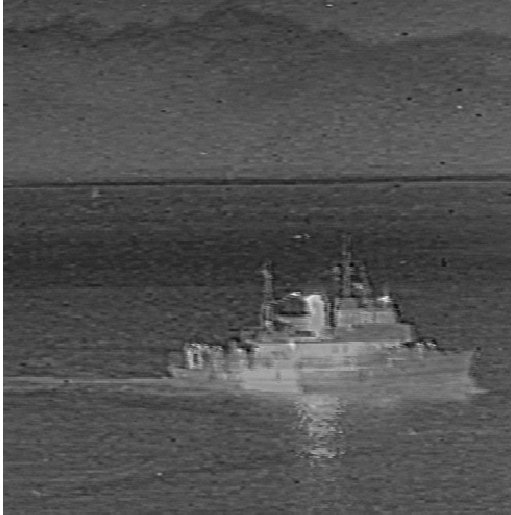 |
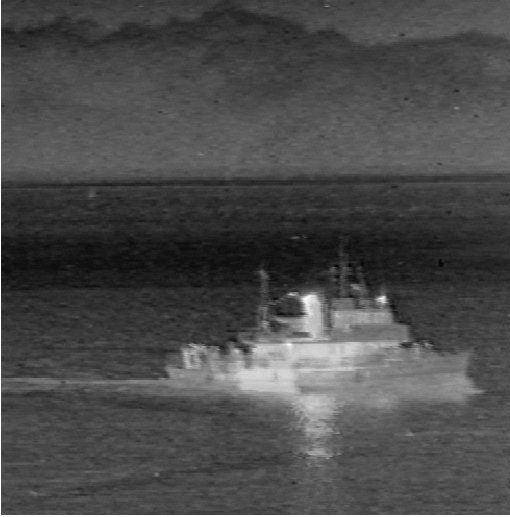 |
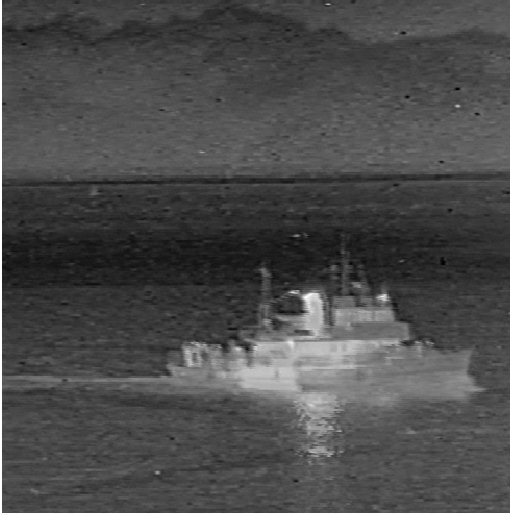 |
| ICA maxabs | TopoICA-maxabs) | TopoICA-mean | TopoICA-Weighted |
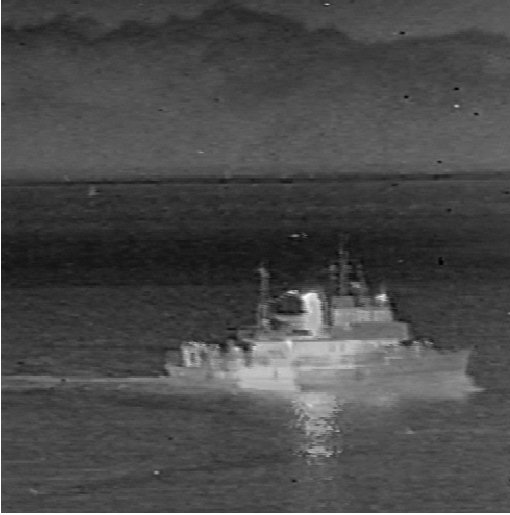 |
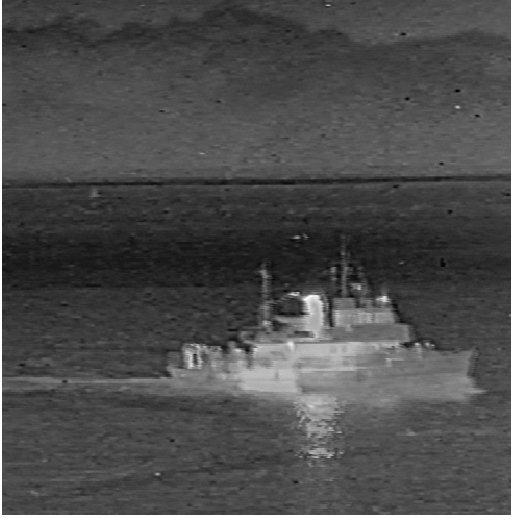 |
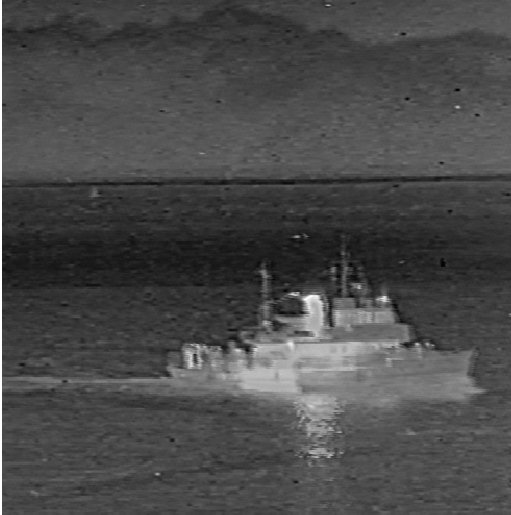 |
|
| TopoICA-Regional | TopoICA-Laplacian | TopoICA-Verhulstian |
Overcomplete source separation using Laplacian Mixture Models
In this project, the Blind
Source Separation problem of overcomplete instantaneous mixtures is examined, in the case that the source signals are very sparse. A two-sensor setup was used to separate an
instantaneous mixture of sources. A Laplacian Mixture Model (LMM) is trained using the Expectation-Maximisation (EM) algorithm on the phase difference between the two sensors. The individual
Laplacians of the mixture model can help identify the mixing matrix and the source signals using optimal detection theory. A hard and a soft decision scheme were introduced to perform separation.
Some more samples can be found here, demonstrating the LMM, real-time LMM and Mixtures of Warped Laplacians (MoWL), proposed in the papers: Some samples demonstrating the algorithm using hard thresholding proposed in the paper: Blind
Audio Source Separation using Independent Component Analysis The
problem of Blind Source Separation is more clearly illustrated by the coctail
party problem. Imagine the situation of being in a coctail party with a
lot of people talking simultaneously. The coctail party problem is defined as
the problem of using your ears (sensors) to isolate every speaker (source) in
the room while suppressing the others. This problem can be extended to the M
sensors, N sources case, leading to the general Blind Source Separation case.
Many methods have been applied to solve BSS. Recently, we have seen the emergence
of Independent Component Analysis, that proved to be extremely efficient in
the separation of instaneous mixtures (a very special case of BSS). Our basic
research effort is to apply ICA techniques to some other interesting source
separation cases (i.e. sources recorded in a real room environment), using fast
Newton-type ("fixed-point algorithms"), and extend these techniques to musical
instrument separation from audio recordings. Other aspects involved in my project
are: ICA using multiresolution analysis, ICA of more sources than sensors and
ICA in the presence of noise.
Blind
Source Separation demo
You can listen to some audio source separation demos of the algorithms presented
in the following papers:
"Batch and online underdetermined source separation using Laplacian Mixture Models ", IEEE Transactions on Audio, Speech and Language Processing, Vol. 15, No. 6, pp. 1818 - 1832, August 2007.
"Underdetermined Source Separation using Mixtures of Warped Laplacians ", International Conference on Independent Component Analysis and Source Separation (ICA), London, UK, September 2007.
"Overcomplete Source Separation using Laplacian Mixture Models", IEEE Signal Processing Letters, vol. 12, no. 4, April 2005.
A three-guitar recording
Mixed Signal (Stereo)
Separated Source 1 -
Separated Source 2 - Separated Source 3
A three signals - two sensors instantaneous mixture
Mixed Signal 1 -
Mixed Signal 2
Separated Source 1 -
Separated Source 2 - Separated Source 3
A four signals - two sensors instantaneous mixture
Mixed Signal 1 -
Mixed Signal 2
Separated Source 1 -
Separated Source 2 - Separated Source 3 - Separated Source 4
" Audio source separation of convolutive mixtures", IEEE Transactions on Speech and Audio processing, Volume: 11, issue: 5, pages 489-497, September 2003.
"New fixed-point solutions for convolved mixtures", 3rd International Conference
on Independent Component Analysis and Source Separation, San Diego, California,
December 2001
"A fixed point solution for convolved audio source separation", IEEE workshop
on Applications of Signal Processing on Audio and Acoustics, New Paltz, New
York, October 2001.
Two speech signals synthetically mixed with a single delay
Mixed Signal 1 -
Mixed Signal 2
Separated Source 1 -
Separated Source 2
Two guitar playing in unison synthetically mixed with a single delay
Mixed Signal 1 -
Mixed Signal 2
Separated Source 1 -
Separated Source 2
Lucas Parra's
test data: A real recording of a man speaking with the TV on
Mixed Signal 1 -
Mixed Signal 2
Separated Source 1 -
Separated Source 2
Two speech signals synthetically mixed with Westner's
roommix.m function
Mixed Signal 1 -
Mixed Signal 2
Separated Source 1 -
Separated Source 2
Two speech signals recorded in a real room (room 105 @ QMUL)
Mixed Signal 1 -
Mixed Signal 2
Separated Source 1 -
Separated Source 2
Two musical signals recorded in a real room (room 105 @ QMUL)
Mixed Signal 1 -
Mixed Signal 2
Separated Source 1 -
Separated Source 2